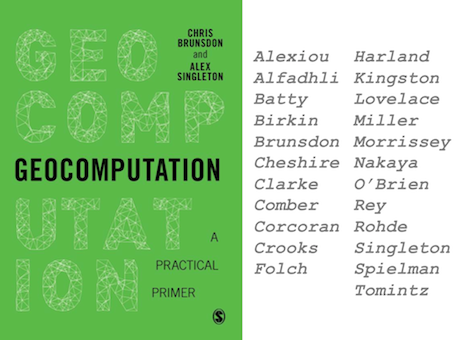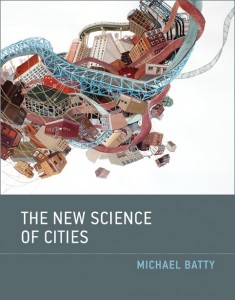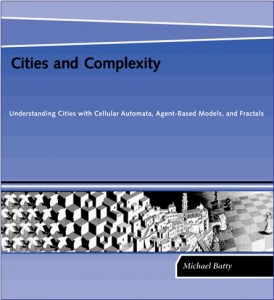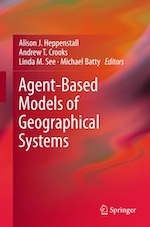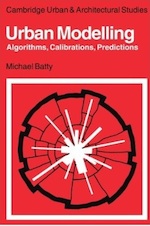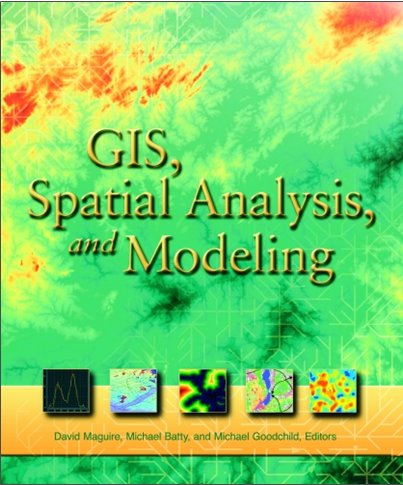A very nicely produced review of geocomputation in this edited book by Chris Brunsdon and Alex Singleton. It covers many interesting new techniques from agent based models to new visual statistics, from crowdsourcing methods to the newer scripting languages that are making their appearance as central to the development of contemporary spatial analysis. What is noteworthy about the book is the beautiful presentation and the visual ease in which the reader is exposed to these somewhat arcane arts of making sense of space and geography. There is a nice web site with some content that the reader can download here, and at the risk of infringing my own copyright, I will share my own chapter with you which you can download here too. Its not in the glorious presentation of the published book, merely a PDF or the word file but the figs are in colour
Geocomputation A Primer
Coping with Disorder
….. is a short article by Richard Sennett in the LSE Cities’ programs current Urban Age magazine Governing Urban Futures. He makes the point that all the hype about big cities wanting their own governance is somewhat put into the shade by the fact that globalisation is destroying any prospects that such cities have for actually governing themselves. It’s a great little article and I won’t attempt to precis it here but there is one choice remark that I cannot resist reproducing. Towards the end of the piece after he tells us about how climate change has at least disrupted any long gone perception that we have about the fact that we live in an equilibrium world. He says:
“We should be thinking about the networks linking big cities in the same way. Specific patterns of migration are as unstable in the immediate term as changes in the natural environment; for example, movement across the Mexican-American border is an erratic, convulsive process year-on-year, though the cumulative effect is clear. So, too, is the economy of networked cities – financial flows are not smooth and linear, nor are investments in real estate or primary industry. Open system analysis thinks about networks as trembling rather than placid connections – because the connections are complex they are peculiarly open to disruption.”
http://delhi2014.lsecities.net/newspaper/articles/coping-with-disorder/en-gb/
未来的智慧城市
My colleagues Zhao Yiting and Long Ying from the Beijing City Lab have graciously translated our paper called Smart Cities of the Future. I owe them many thanks. It is available in a special issue of the journal Urban Planning International (1673-9493, 2014, 06-0012-19) and you can download both the original English version which is open access and the new Chinese version by clicking on ‘English’ or ‘Chinese’ in this text. Here is the abstract.
摘要:本文初步概括了智慧城市的组成要素。智慧城市是指运用新数字技术进行协同与整合,将现代信息通信技术与城市传统基础设施有机结合起 来的城市。首先,我们提出了智慧城市的7 个目标:(1)发现理解城市问题的新视角;(2)高效灵活地整合城市技术;(3)不同尺度城市时空数据 的模型与方法;(4)开发通信与传媒新技术;(5)开发城市管理与组织新模式;(6)定义与城市、交通、能源等相关的重大问题;(7)识别智慧城 市中的风险、不确定性及灾害。为实现以上目标,我们的研究需要在六个方面有所突破:(1)通过管理、控制和优化,使智慧城市的基础设施与实 际运行、前期规划更好的衔接;(2)探索城市作为创新实验室的新理念;(3)提供城市模拟技术目录,为未来设计提供指引;(4)探索更加公平合 理的技术方法以实现更好的城市生活品质;(5)探索促进有效公众参与以及公众认知的民主化城市管理新技术;(6)保障更加便捷高效的人口流动 性以及机会获取渠道。文章首先梳理了当前城市技术发展概况,并对智慧城市科学进行定义。我们将目前的智慧城市归纳为6 种情景类型:(1)旧 城的智慧型更新;(2)科技园建设;(3)围绕高新技术的科技城建设;(4)运用当前信息通信技术的城市公共服务;(5)运用信息通信技术开发新 的城市智慧功能;(6)运用网络以及移动客户端开发公众参与新模式。接下来,我们提出了七类可探索的项目领域:(1)智慧城市综合数据库的建立; (2)数据采集、网络分析技术以及新社交媒体的影响;(3)网络及移动行为建模;(4)城市土地使用、交通、经济互动的建模;(5)城市劳动市场 与住房市场交易活动的建模;(6)智慧城市的决策支持,如城市智能技术,公众参与式城市管理以及(7)智慧城市规划架构等。最后,我们期望通 过这项研究,转变传统的城市研究范式,并进一步探索促进智慧城市科学形成和发展的关键要素。

